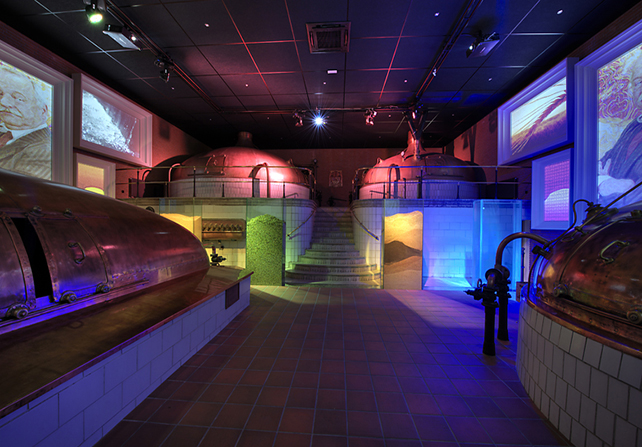“A fine beer may be judged by only one sip, but it's better to be thoroughly sure.” Czech proverb
It is a well-known fact that the Czechs love beer and that they are on top of the world list when it comes to consuming this wonderful drink. But how did the Czechs get there?
Geography plays a major role for sure. The water in this part of Europe is soft, which is great for brewing crisp lagers that provide a pleasant, refreshing bite. The soil and the climate are perfect for growth and cultivation of great barley as well as the renowned Bohemian hops. Many centuries ago, hops were so important and valuable that King Wenceslas ordered death penalty to be imposed on anyone exporting them for further cultivation.
Tradition of brewing is the other major reason for the popularity of beer. This is a country where the first written document concerning hop cultivation dates all the way back to 1073 (Opatovice Monastery). Also, the first mention of brewing and hops dates to 1088 and the foundation charter for the Vyšehrad church. The first Czech brewery was built at Cerhenice in 1118.
T. Hagecius, a Czech polymath, wrote the first manual for beer brewing in 1585. František Ondřej Poupě, a self-taught Czech brewer, was the first to use the thermometer when brewing beer, therefore adding a scientific touch to the brewing process, which was uncommon back in the 18th century.
This quick and shallow historic overview does not do justice to the Czech brewing tradition but it is enough to show how the Czechs spent a long time exploring the art of brewing that with time resulted in great beer.
František Ondřej Poupě, a Czech brewer and the founder of brewer college, was the first to use a thermometer while brewing beer.
Different methods and technologies were analyzed and the best ones are still used nowadays. Decoction is one of the often-used methods in Czech breweries. By boiling part of the wort (unfermented beer) twice (double decoction) or three times (triple decoction) it is ensured that the starches become more accessible for the starch degrading enzymes in the malt. What this does for the beer is that it produces a distinctive malt profile for the drinker to enjoy. Another example of brewing craft is the practice to have the primary fermentation last as many days as the beer shows on the Plato scale (which indicates the beer wort density). For example, if the Plato scale shows 12°, the beer will be kept for 12 days in primary fermentation. Many other secrets to brewing great beer are scattered all over this beer-loving country.
Click here to view the Czech brewing philosophy at work, Staropramen style.
Tradition and geography are partially responsible for the love affair between the Czechs and beer. But if we dig deeper we find that a passion for creating great beer combined with constant innovation is the key. That is the heart of the Czech brewing philosophy and the reason beer became not only a Czech way of life, but also the lifeblood of an entire country.
Image

Beerpedia
Image

